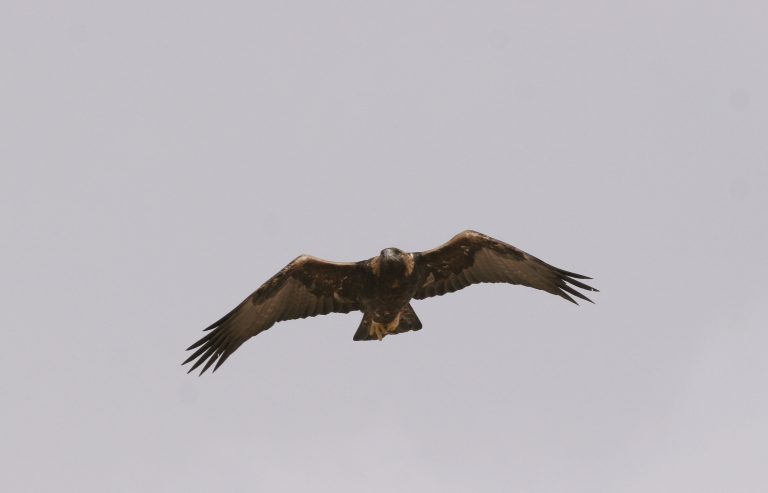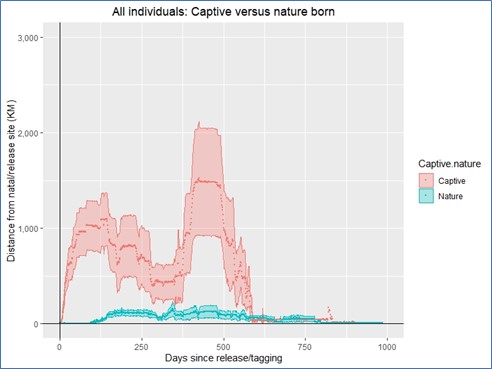
Birds of prey are top predators that provide important services for maintaining
ecosystem structure and function. Despite their significant contribution to human culture and economic, their high trophic level and slow life cycle make raptors more
sensitive to anthropogenic induced changes, which often bring them to the brink
of extinction. Raptors are among the most threatened vertebrate taxa – about
50% of the species having decreasing global populations. Israel
and the Middle-East are of no exception to that. During the past century, about
40% of the raptor species of Israel have become extinct and 50% of the
remaining 14 species are regarded as regionally endangered.
In order to improve the viability and conservation status of raptor populations, the
Israeli Nature and Parks Authority, together with other stake holders such as the
Israeli Electric Corporation, is implementing a series of conservation measures
such as nest guarding, captive breeding and release programs, insulation of
power pylons to prevent bird electrocution, and many more. All these actions
are supported by an intensive monitoring program that includes nest
surveillance, breeding surveys and telemetry study.
Our group is leading the movement ecology component of the research through telemtry methods. Using new emerging telemetry technologies
enable the collection of high-resolution data that can be used to
determine birds’ movement patterns in both the micro and the macro
scales, and in cases of mortality, facilitates determining the cause of death, which is crucial for the conservation of the species.
As part of the research we will analyze the status of raptor populations breeding in Israel and the Eastern Mediterranean and advance the existing knowledge on their demography, movement patterns, ecological constraints and risk factors. We will also evaluate the benefit of different management actions on several raptor populations, thus facilitate the development of better conservation schemes.
The first part of the study will provide a long-term analysis of the state of some of the most fragile raptor populations in Israel (Bonelli’s eagle, Golden Eagles, Lanner falcon, and Barbary Falcon). We will evaluate the impact of different risk factors on these species and assess the effectiveness of different conservation efforts. The second part of the study will aim to evaluate the contribution of captive-bred raptors to the wild population. It will focus on the two raptor species that have a captive-breeding program in Israel (Bonelli’s eagle and Lanner falcon).

